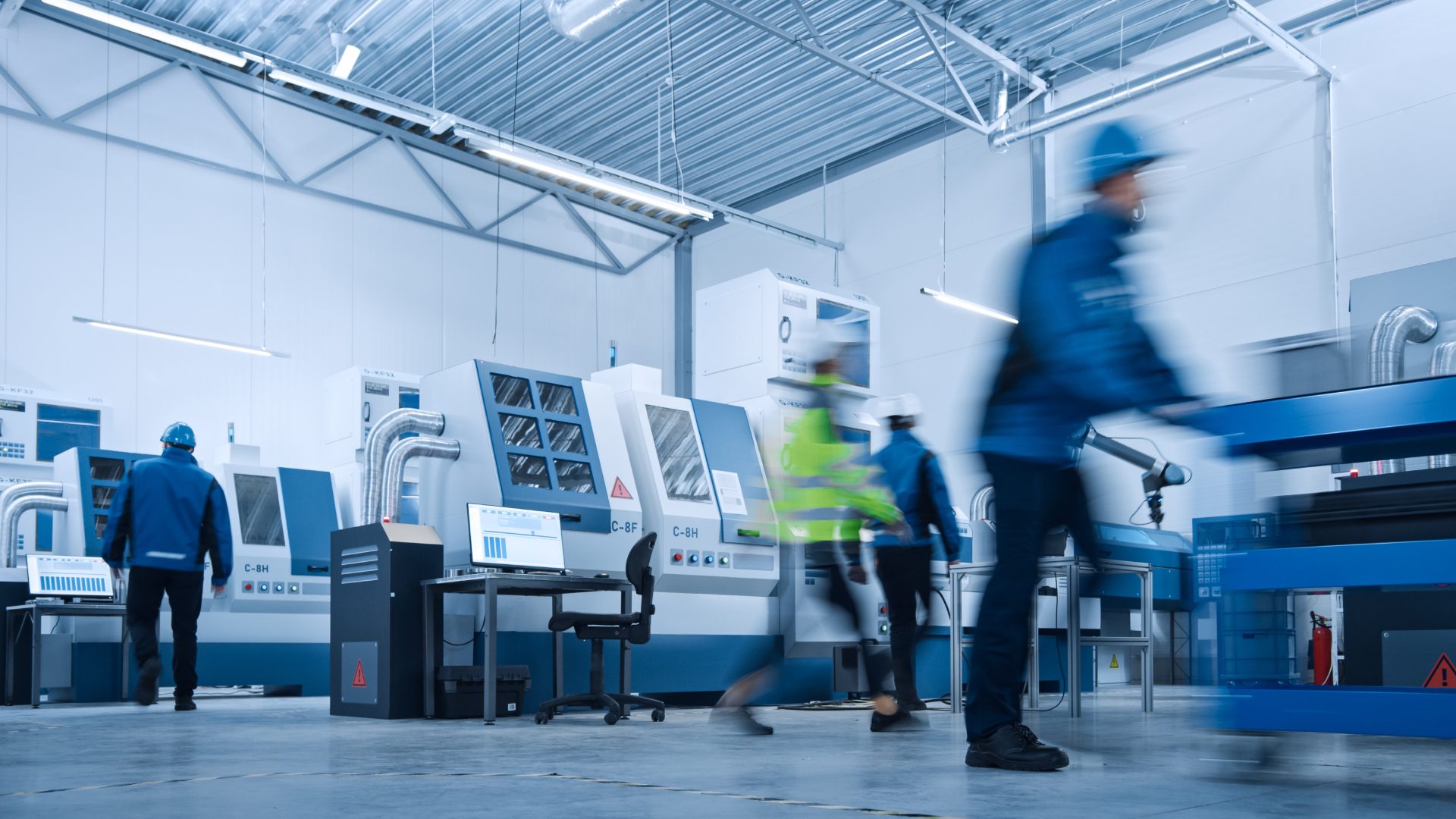- Solutions
ENTERPRISE SOLUTIONS
Infuse new product development with real-time intelligenceEnable the continuous optimization of direct materials sourcingOptimize quote responses to increase margins.DIGITAL CUSTOMER ENGAGEMENT
Drive your procurement strategy with predictive commodity forecasts.Gain visibility into design and sourcing activity on a global scale.Reach a worldwide network of electronics industry professionals.SOLUTIONS FOR
Smarter decisions start with a better BOMRethink your approach to strategic sourcingExecute powerful strategies faster than ever - Industries

Compare your last six months of component costs to market and contracted pricing.

- Platform
- Why Supplyframe
- Resources
The aerospace and defense industry relies heavily on reliable sourcing and rigid supply chains, something that’s become increasingly difficult to guarantee in today’s global landscape. Component shortages and shifts in pricing or availability are the greatest enemies for sustained production, in an industry where compromise is not an option.
In 2024, aerospace and defense manufacturers will be focused on these five key issues, exploring new forms of intelligence to stay ahead of the curve and combat any uncertainties in their supply chains.
1) Lack of Long-Term Visibility
Aerospace and defense supply chains are complex, involving countless specialized suppliers, manufacturers, and regulators. With all these moving parts, it is both crucial and extremely difficult to allow for long term visibility across stakeholders.
Airbus recently grappled with this issue: amid ongoing supply chain issues, the company promised customers to provide more advanced updates on delays. In light of this aim, Airbus already announced its 2024 projections, estimating delays up to three months on its popular A320 model. Despite these efforts, however, airlines still feel that there is a lack of transparency, making it difficult to plan for disruptions, and there is mounting pressure for manufacturers like Airbus and Boeing to pay penalties for late deliveries caused by supply issues.
2) Industry-wide part shortages
Aircraft deliveries have been plagued by delays lately amid persistent part shortages. Boeing recently set forth the ambitious goal of increasing monthly production of its 737 MAX jetliner from 31 to 38 units a month. However, the timeline for this increase is in flux given supply inconsistencies and lags: Spirit Aerosystems, which manufactures the forward fuselage for the aircraft, has been struggling with design and manufacturing errors, resulting in lengthy delays across the supply chain.
In fact, due to these ongoing delays, Southwest Airlines announced it now expects to only receive 70 new 737 MAX planes rather than the previously planned 90. This reduction, all due to disruptions in one component, will also affect the airline’s hiring and flight planning processes, evidence of the interconnectedness of the industry.
3) Long-term effects of COVID-19
During the height of COVID, people largely stayed home, meaning that commercial airlines took a major hit (estimated at a loss of $84 billion in 2020 alone). The effects of this change in consumer behavior have trickled down to all facets of the industry: it is forecasted that by 2030, there will be 4,000 fewer aircrafts in circulation worldwide, thus disrupting patterns of demand for everyone from component manufacturers to raw material suppliers. Given that many of the same suppliers and manufacturers work in both aerospace and defense, this upheaval in commercial aviation has also affected the defense sector.
4) Inflation and Economic Uncertainty
In addition to the fallout from COVID, inflation is a major challenge for businesses in the aerospace and defense industries. Today, inflation is raising the costs of raw materials, while also resulting in a decrease of the Department of Defense’s buying power. Estimates show that if the economy enters a period of high inflation, the DOD’s budget could drop by over $100 billion over the next five years. This decrease could have massive ripple effects throughout the industry, including stalling innovation, affecting revenue, and destabilizing supply chains.
Furthermore, in addition to the defense sector, economic uncertainty is also affecting commercial airlines. In the event of an extended economic downturn, airline travel will likely decrease. For instance, United Airlines reported an 8% decrease in business travel following the recent failure of Silicon Valley Bank.
5) A Shifting Technological Landscape
The modern landscape of warfare is changing faster than ever. Technologies based on artificial intelligence are increasingly becoming the norm, driving faster decisions and paving the way for more automation in both aerospace and defense applications.
The challenge here will be for A&D manufacturers who must balance risk with innovation in this evolving landscape. New components and capabilities will clash with demand as AI becomes a crucial element of current and future designs.
Industry leaders should focus on staying ahead of the curve, examining how AI is being used and where it could be incorporated. Consider these examples:
- In the military and defense space, AI-enabled warfare includes autonomous vehicles, and the ability to gather and analyze data across the land, air, sea, and space.
- In the realm of aerospace and space exploration, AI offers a number of potential use cases. From optimizing takeoffs and landings, to helping pilots dock with the international space station.
- Machine learning and predictive maintenance also play a key role in identifying when rockets or satellites may need to receive upkeep. These capabilities allow us to identify problems before they arise.
Over to You
The aerospace and defense industry will face new and familiar challenges in 2024, but as always, a deeper insight into sourcing, pricing, and availability will give industry leaders an edge over the competition.
Find out how Supplyframe’s intelligent solutions help aerospace and defense manufacturers navigate uncertainty and source with confidence.



